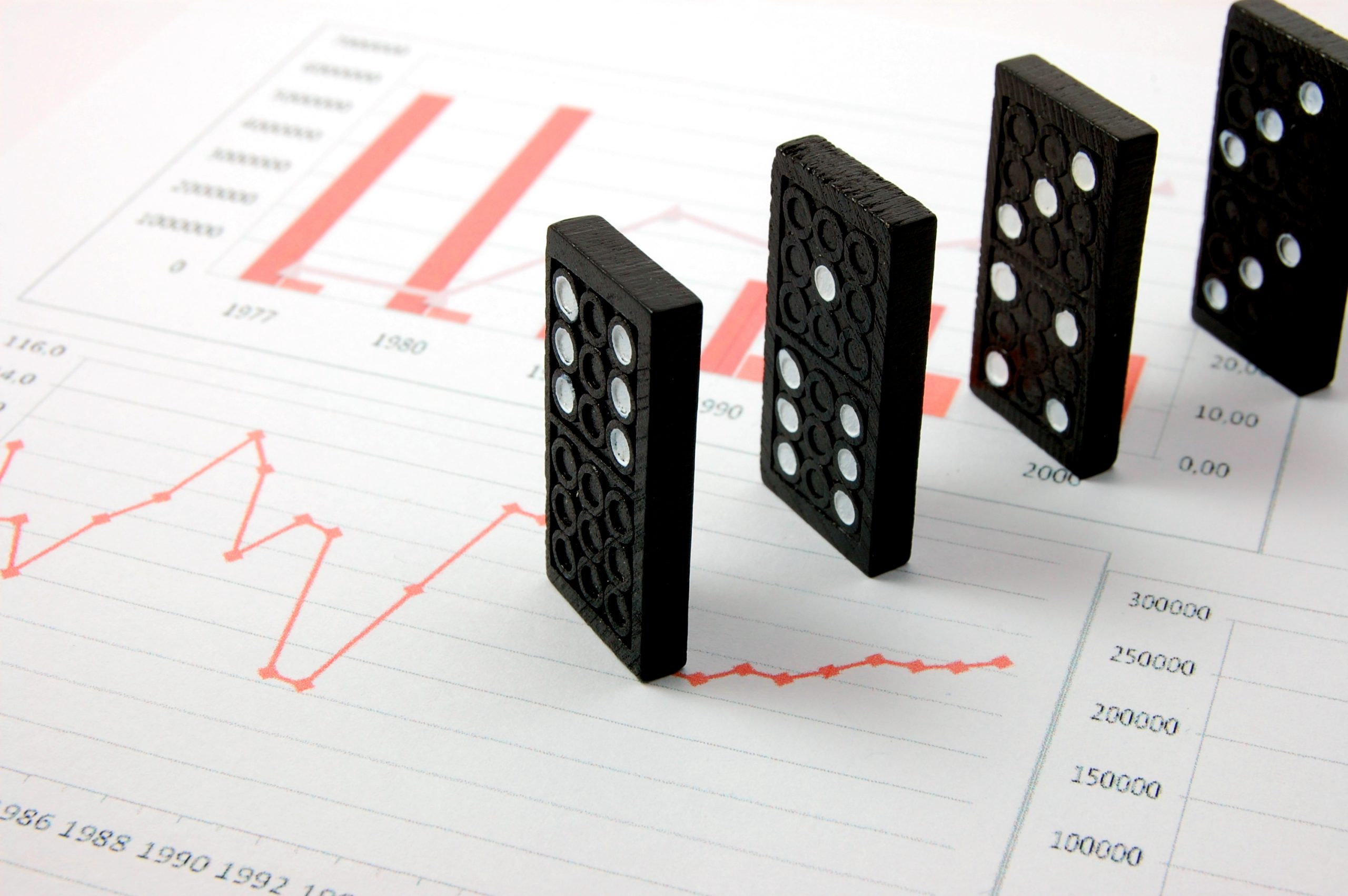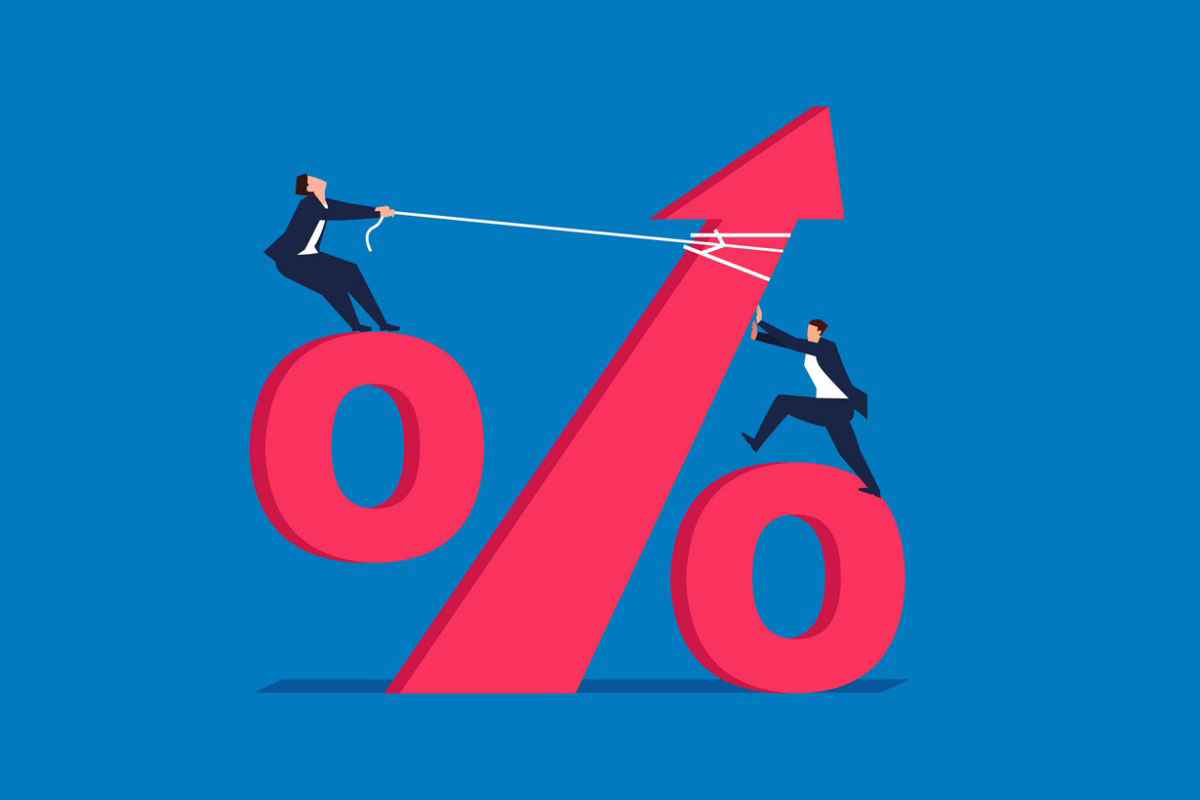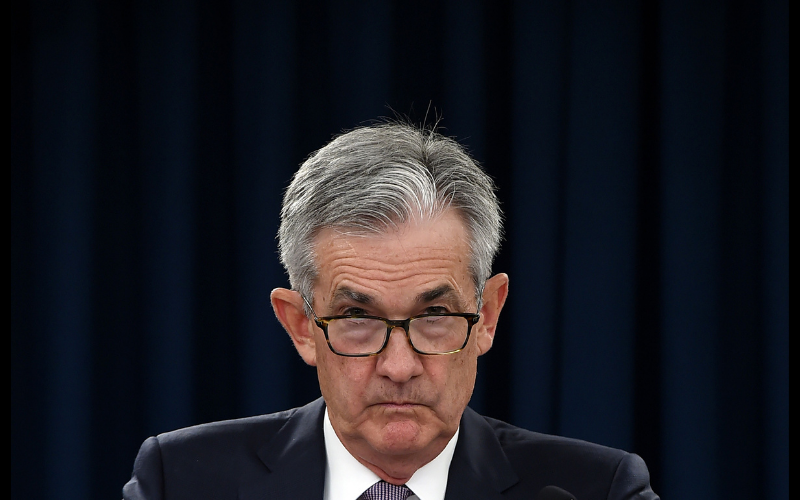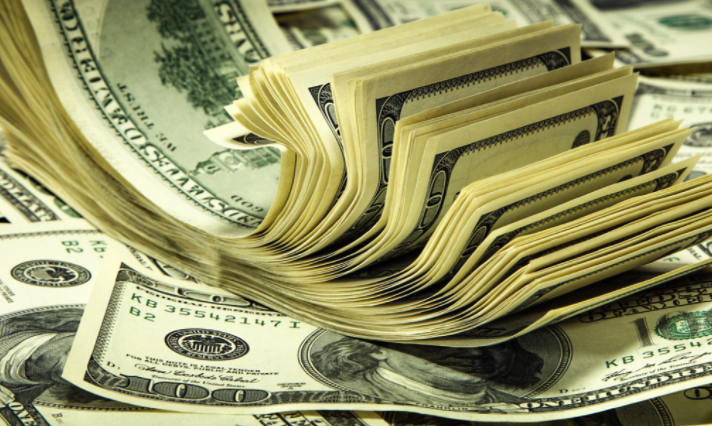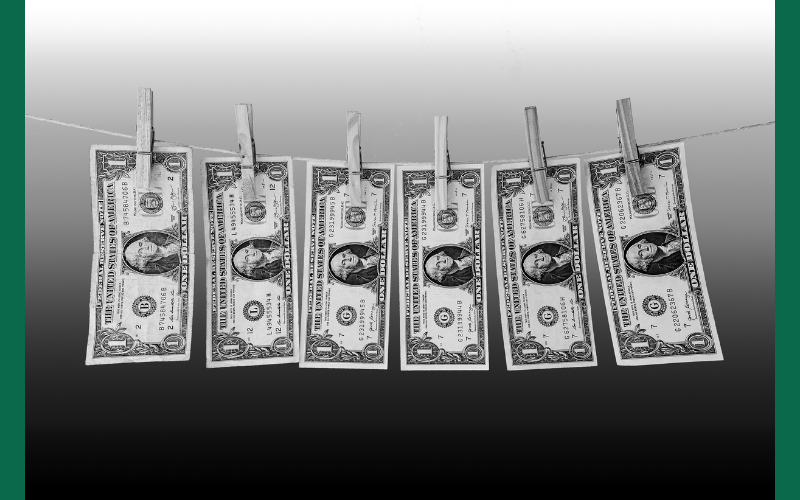
- + Bullish
- Massive Positioning Skew
- US Positive Growth
- Global Tensions and Policy Discord Amongst Allies
- + Bearish
- Momentum Flows
- Asset Repositioning and Hedge Flow Adjustments
- Everybody Wants It Lower
The dollar is down more than 14% from its COVID panic peak in April and there are no shortages of explanations for the greenback weakness. We take a look at the key pro and con arguments that underpin investor views the new year begins.

Buy (Dollar Rebound)
+ Massive Positioning Skew
Perhaps the best reason to be dollar bullish is because everyone is dollar bearish
On ICE the short position in the DXY index outnumbers longs 2:1
On CME the Commitment of Traders report shows EUR longs five times as large as shorts.
Almost all of Wall Street bank research is universally dollar bearish with Citi and Goldie calling for double digit declines from current levels. When Wall Street opinion is so tightly aligned the trade is usually the other way.
+ US Positive Growth
If the US can enact an infrastructure bill it will be the first G-3 economy with concurrent expansionary fiscal and monetary policy in place. Such a powerful one-two punch could juice up GDP growth beyond the 4% forecast and will steepen the US yield curve attracting foreign inflows into the greenback.
+ Global Tensions and Policy Discord Amongst Allies
Any overt moves by China to turn Taiwan into another Hong Kong – will ratchet tensions in the South China Sea. In fact, Taiwan could be the geopolitical hotspot of 2021 as G-20 leaders having witnessed the trampling of human rights in Hong Kong may make a stand over Taiwan. The retrenchment of risk could quickly see flows into the dollar.
On the economic front the slow pace of coordination of the European stimulus program and the heavy toll of the second wave of coronavirus everywhere in the region including the core economies of Germany and France could create conditions for a very weak economic rebound as relative growth fundamentals could finally start to investors to the dollar.
Sell (Dollar Collapse)
+ Momentum Flows
FX is a highly trending market that often follows Newton’s law of motion – a body in motion will remain in motion unless counteracted by another force. Right now there are no dollar positive forces in the market, so the momentum trade may continue on its own accord as dollar long positions are punished mercilessly.
+ Asset Repositioning and Hedge Flow Adjustments
Because US rates – unlike European and Japanese ones – are nominally positive there is a massive inventory position of US bonds in offshore accounts. Up to now the majority of that position has been unhedged, but the decline in the dollar has more than offset the pick in yield and will now force many real money accounts to hedge the currency exposure contributing to greenback’s decline. But perhaps the most compelling anti-dollar thesis is based on asset repositioning flows. After a massive rally from pandemic panic lows, US stocks are grossly overvalued on a relative basis. Furthermore, if vaccination goes as planned and COVID risk is reduced markedly the pro-cyclical and industrial companies that make up the bulk of DAX and CAC-40 indices will be the biggest beneficiary of the rebound. In short if DAX starts outperforming DOW the flows into EURUSD will continue sending the pair through the 1.2500 figure.
+ Everybody Wants It Lower
Although the conventional thinking is that a weak dollar hurts the export oriented European and Emerging market nations, the fact of the matter is that producers in those countries have far more margin flexibility than imagined. On the other hand, a strong dollar would be detrimental to the debt markets of those economies as much of the obligations (both sovereign and corporate) are dollar denominated. Therefore EM economies and even EU economies prefer a weaker rather than a stronger dollar as the drag on exports is much less of a problem than sourcing dollars for debt and commodity settlement contracts.
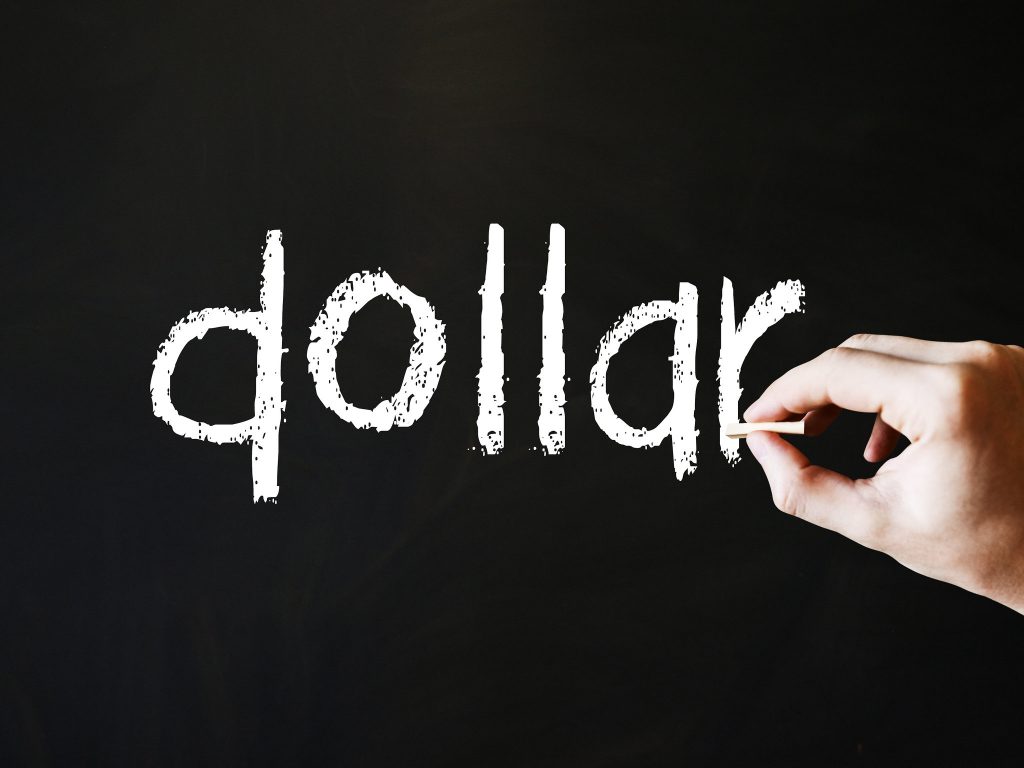
For now the path of least resistance for the dollar is down. The one massive negative for the dollar short thesis is the positioning skew. But positioning could get much more extreme before price finally rebels. Until ECB officials begin making comments about the imbalance in exchange rates – there is little to stop the dollar decline and even then the market will need to actually react to the rhetoric before dollar bulls could confidently bet that a bottom in the buck has been made.


